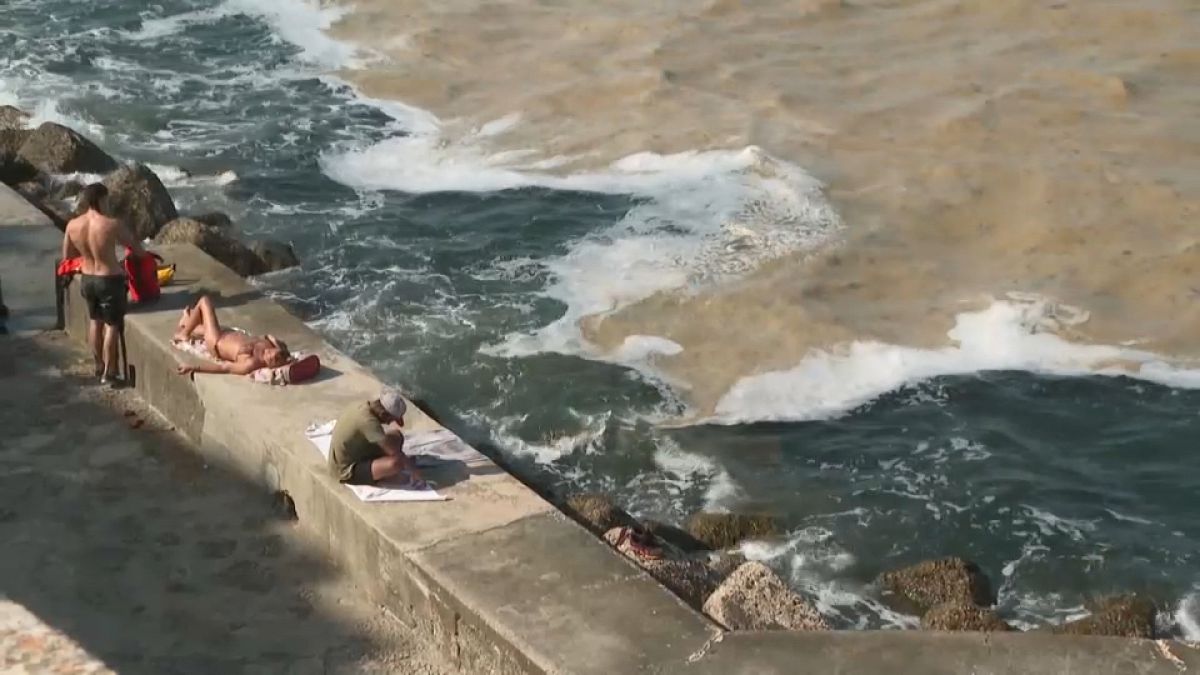Algae has plagued the Adriatic Sea for weeks in Ancona. The natural phenomenon occurs as sea temperatures rise, a pattern seen across European seas.
The algae has plagued the Adriatic Sea for weeks in Ancona in Italy. The slimy substance disappeared for a few days but has unfortunately returned, as it is believed to thrive in hot temperatures.
Impact on tourism
While the seaweed is not considered harmful for swimmers, some bathers express their discontent with the slime. "You have to take a shower; you feel sticky right away" one bather explains. Others seem less opposed to the sea slime. A tourist from the Netherlands admits it is not a pretty sight, but says that the water is still good.
Edoardo Rubini from the Ristorante Emilia Portonovo Beach Resort confirms that the phenomenon did not impact the reservations at the restaurant, and is hopeful the situation will not impact tourism in the region.
An increase in algae was similarly noticeable in the northern regions of Italy. There is a record quantity of algae in the Gulf of Trieste since 2007, according to a report of The National Institute of Oceanography and Applied Geophysics.
Increasing sea temperatures
This past Monday was the hottest day recorded on earth. This same pattern is noticeable with sea temperatures along the Adriatic coast, which reached record-breaking highs. Last week, the highest sea temperature in Croatia since the Croatian Meteorological and Hydrological Service (DHMZ) began taking measurements was recorded in Dubrovnik.
According to data from the European Environment Agency, All five European seas have warmed significantly in the past few decades, especially since the late 1970s. Their data suggests that sea surface temperatures are further expected to rise by 2 to 6 degrees Celcius by 2100 under the high emissions scenario.












